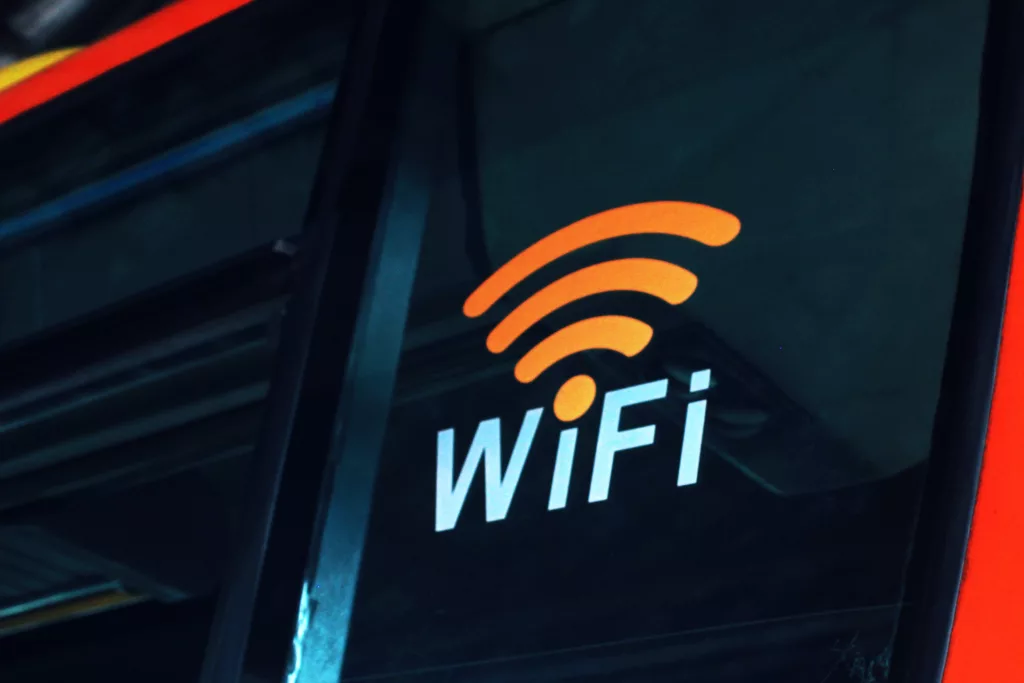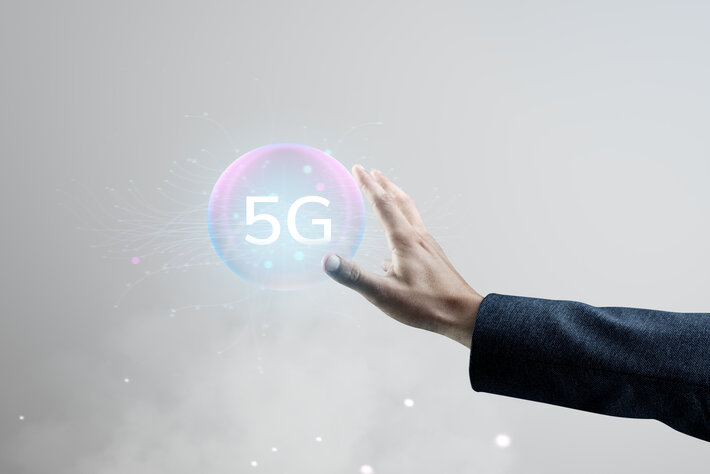June 20th marked the seventh annual celebration of World Wi-Fi Day, which got me thinking about the evolution of Wi-Fi and its representation in pop culture media. The last 25 years have been a wireless revolution, and Wi-Fi has been at the forefront of that change, says David Coleman, director of wireless networking at office of CTO for Extreme Networks.
Where public Wi-Fi used to be rare, we now expect it wherever we go, from coffee shops to the supermarket, airports to sports stadiums, home and at work and it can sometimes feel like the world grinds to a halt when the Wi-Fi is down.
And since Wi-Fi is such an integral part of our lives, it’s been popping up in pop culture commercials, TV, and movies for years.
In the beginning…
Movies and television shows, especially Sci-Fi, are full of tech references especially when the tech is new and exciting. Just think of how much AI technology has been featured in the last five years. But back in the day, before there was mass adoption of Wi-Fi, there was an underground subculture for it. One activity in this subculture was called wardriving. Wardriving was both a hobby and sport for tech heads and hackers and consisted of searching for wireless networks, typically while in a car or van.

The term derived from one of the first pictures ever to centre on and around the internet: the 1983 film War Games. Wardriving is an adaptation of the film’s term, ‘wardialing’. Hacker conventions at that time often held wardriving competitions to see who could find the most SSIDs (service set IDentifiers). Since networks were few and far between, the primary purpose for amateurs was to find a free internet connection, just like these two are attempting in this 2006 Volkswagen commercial:
Sidenote: we do not encourage or support the unauthorised use of wireless networks. Especially when, as we’ve established, companies everywhere actually want you to use their free and authorised Wi-Fi. In other words, wardriving is a bit pointless these days.
Fast forward to modern times
The examples mentioned above were often how popular media portrayed Wi-Fi in the early days when it was far from as common as today. Evidently, it was more common to use Wi-Fi as a point for commercials than for TV and films.
However, what if Wi-Fi suddenly disappeared now that we’ve become so reliant on it? The animated movie called The Mitchells Versus the Machines explores that theory, and the result is apparently worldwide anarchy.

Please find the video here:
Wi-Fi has undoubtedly made its mark in television and movies over the years, and many popular sitcoms and TV shows have used it as a central plot point.
One example of this is the Doctor Who episode, ‘The Bells of Saint John’, where the Doctor and his companion must solve the mystery of people disappearing, which has a sinister link to Wi-Fi. Another is this IT Crowd episode, where Moss introduces Jen to the ‘entire internet’ by presenting her with a router. Another series using Wi-Fi to comedic effect is Big Bang Theory, where Sheldon keeps changing the password in hopes Penny will stop freeloading on their network.
Please find the video here:
Perhaps Penny would’ve been a wardriver back in the day? In any case, it’s interesting to consider how much modern society takes this connectivity for granted; how used we are to be connected wirelessly wherever we go.
While not exactly vital to the plot, the writers of the award-winning film Parasite also use Wi-Fi to great effect in their storytelling. But instead of comedy, Parasite uses it to build drama. Showing the audience how the film’s protagonist’s family relies on their neighbours or the nearby café for such a basic necessity as Wi-Fi is an excellent way of showing how deep their struggle goes.
More modern (family) examples
Another excellent example of how Wi-Fi can and has been used as a central plot point in television is Idris Elba’s plane hijacking series, aptly named Hijack, which is currently airing on Apple TV.
This much-acclaimed show uses aeroplane Wi-Fi, a relative newcomer in terms of free Wi-Fi locations, as a key issue that both the passengers and the hijackers must overcome. The hijackers have to turn it off to prevent passengers from communicating, but they are also forced to keep turning it back on to send messages to their criminal partners on the ground. In other words, the series wouldn’t work without a wireless network!

Neither would Ralph Breaks the Internet, in which protagonists Ralph and Vanellope discover a Wi-Fi router in their arcade that leads them on a new and exciting adventure.
However, using Wi-Fi as a plot point is not the only time it appears in pop culture. Sometimes you have to get even more creative, and Modern Family takes it one step further with their episode, ‘Connection Lost’, where their clever writers use connectivity as a storytelling device in and of itself. Not only is this an innovative and fun way of communicating stories using technology, but it also shows us how Wi-Fi has changed the way we communicate with each other on a daily basis.
Please find the video here:
Happy Wi-Fi Day, every day!
June 20th might be the official World Wi-Fi Day, but as we have established, we have become so dependent on this wonderful technology that every day is Wi-Fi Day. It’s essential in our daily lives, which is also one of the reasons it features so heavily in commercials, television, and movies. And now that Wi-Fi is moving into the 6 GHz frequency band, we’re bound to see another film or series in which wireless network plays a new and exciting role.
The author is David Coleman, director of wireless networking at office of CTO for Extreme Networks.
Comment on this article below or via Twitter: @VanillaPlus OR @jcvplus






